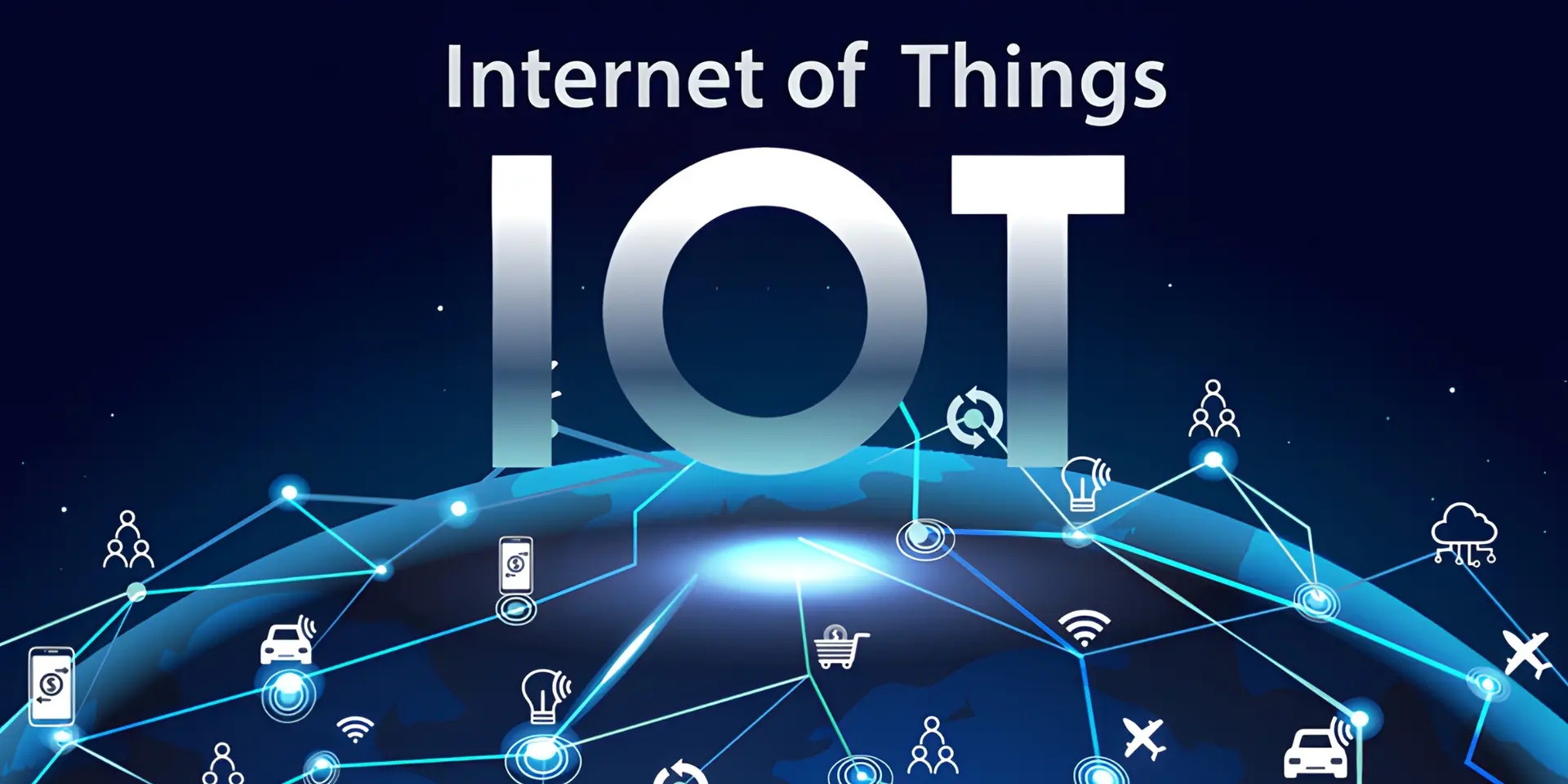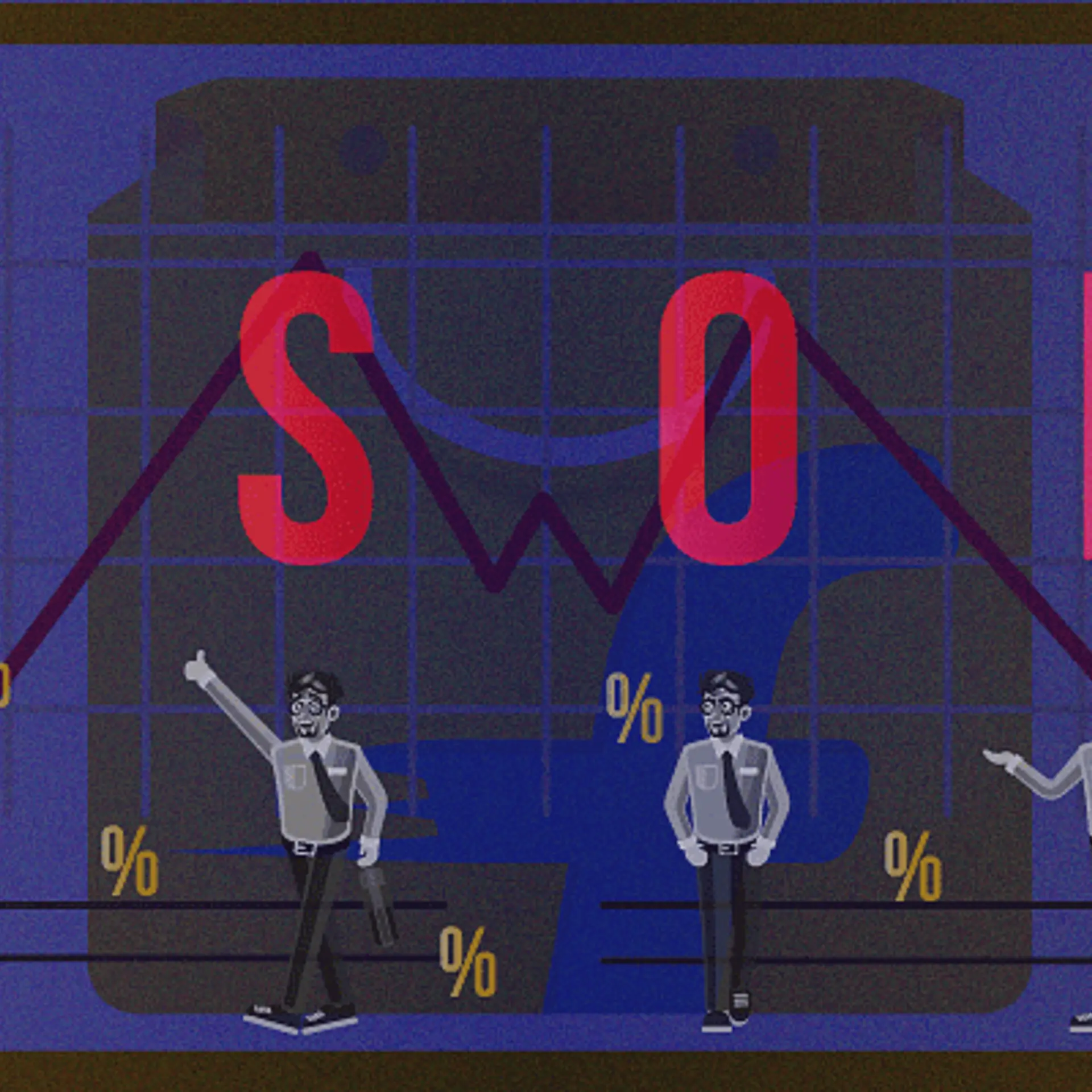How IoT devices are reshaping retail: from smart stores to seamless payments
The IoT revolution in retail promises a sophisticated and personalised shopping experience, which is seamless, intuitive, need-anticipating and transactionally straightforward.
Have you ever wondered if you could just walk into your favourite store, pick out things easily, and stroll out without touching your wallet or phone or even pausing beside a checkout counter? We are not referring to a scene from a futuristic sci-fi fiction movie.
Rather it is the present dawn of retail in the era of the Internet of Things (IoT). As unbelievable as it may seem, we are standing at the edge of this retail revolution whereby proximity payments, while working silently behind the scenes, are completely changing our shopping experiences.
A closer look into these numbers will help you understand things better. According to Grand View Research, the global retail IoT market was worth $52.42 billion in 2023 and it is projected to grow at a CAGR of 29.3% between 2024 and 2030.
This is not just about growth. Instead, it displays a massive shift in how we relate to vendors, purchase items, and handle our financial affairs. This change hinges on proximity payments as the global market for this service is projected to increase from $13.98 billion in 2020 to $46.80 billion by 2030, according to Allied Market Research.
Against such a backdrop, let us explore how smart devices have overhauled payment processes, redesigned shopping experiences, transformed business models for merchants, and even forced us to reflect on what really constitutes trade today as part of reshaping the world of IoT retailing.
Emergence of smart retail
Remember the time when contactless payments felt futuristic? Today, even a local fruit vendor easily accepts digital payments for daily transactions. Well, we’re now close to entering a time zone where your coffee machine will soon pre-order the beans of your choice even before you run out of them. This is the IoT promise in retail, an experience under which shopping becomes seamless, intuitive, need-anticipating and transactionally straightforward.
This surge has been fuelled by the growth of omnichannel retailing and smart stores powered by IoT devices and sensors for immersive experiences. In India, as per Statista estimates, the IoT market is projected to reach $23.16 billion by 2024, with an impressive CAGR of 16.56%.
Smarter devices, smarter payments
The integration of conversational technology into smart IoT devices is revolutionising the shopping and payment experience. This advancement is creating a more human-like interaction between consumers and their devices.
Now, users can simply talk to their smart home assistants, smartphones, or other IoT-enabled gadgets as if they were speaking to a person, making the entire shopping journey seamless and intuitive. From product inquiries to price comparisons and even completing transactions, these smart devices are transforming how we interact with ecommerce platforms or offline stores.
This shift is not just about convenience; it’s about creating a more natural and engaging shopping experience that feels less like using technology and more like having a conversation with a knowledgeable shopping assistant. As this technology continues to evolve, we can expect even more sophisticated and personalised shopping experiences, further blurring the lines between digital commerce and human interaction.
Amazon Go, the originator of the ‘Just Walk Out’ technology, has 43 convenience store locations in the United States and the United Kingdom. This is an example of how IoT can be used in retail. Each store receives approximately 550 visits per day, leading to an estimated annual revenue of $1.5 million The concept eliminates queues at checkout points,therey transforming the entire in-store experience and setting a new bar for retail efficiency.
Benefits of IoT beyond convenience
Beyond mere ease, the advantages of IoT are multifold:
Enhanced security: IoT devices can add multiple layers of security to transactions by incorporating advanced authentication techniques.
Personalised experiences: IoT devices can provide lucrative recommendations and offers by analyzing various purchase patterns.
Operational efficiency: In what will be a big boost for retailers, these devices can streamline inventory management and lower labour costs, which are often associated with traditional checkout processes.
Data insights: IoT devices, by generating a wealth of data, can help retailers improve their offerings, and, therefore, improve customer experiences.
Gartner projected that, by 2024, 80% of retailers would be confident of leveraging IoT technologies to better the customer experience while achieving operational efficiency. Sharing the same sentiment was another study by McKinsey wherein 70% of consumers stated their preference to shop at stores that offer personalised experiences–this is something that’s quite evident today.
Challenges ahead
Despite the many promises, there are a few stumbling blocks that lie ahead in the widespread adoption of IoT proximity payments.
Security vulnerabilities: The rapid proliferation of IoT devices has created new attack vectors for cybercriminals. In the first two months of 2023, an alarming 54% of organisations were targeted by attack attempts on a weekly basis, with an average of almost 60 attacks per organisation per week targeting IoT devices. This represents a 41% increase from 2022 and more than triple the number of attacks from 2021.
Interoperability: Given the plethora of IoT appliances and standards, integrating them seamlessly into numerous systems still remains a huge challenge.
Digital divide: Not all consumers have access to advanced IoT technologies or feel comfortable using them.
However, emerging technologies and protocols like Sound are helping to navigate these challenges. By addressing security concerns, improving interoperability across devices, and bridging the digital divide, these innovations are paving the way for accelerated adoption of IoT proximity payments.
The future is now
When we consider what lies ahead, there seems no limit to the potential of how IoT could be used in retail. Be it smart fitting rooms or refrigerators that order groceries for you, the lines between the physical and digital experiences are set to completely vanish in the near future. The IoT-led proximity payment revolution is more than a mere technological change; rather it is the re-invention of retail.
As we continue to integrate smart devices into our daily lives, the language of commerce becomes more personalised and instinctive. The future of retail is truly here and looks promising, provided we balance innovation with security and inclusivity. So, buckle up and enjoy the ride!
The author is Head of Marketing and Communications at Tonetag, a voice-based commerce and payments solution provider.
Edited by Swetha Kannan
(Disclaimer: The views and opinions expressed in this article are those of the author and do not necessarily reflect the views of YourStory.)







